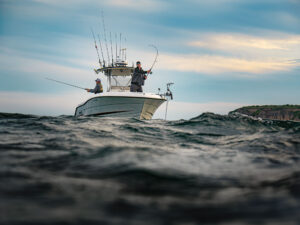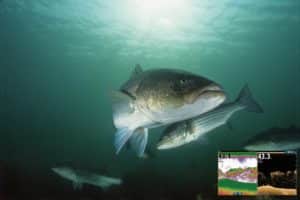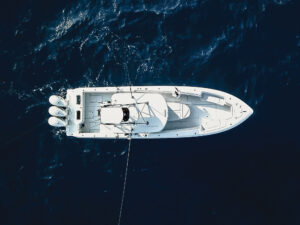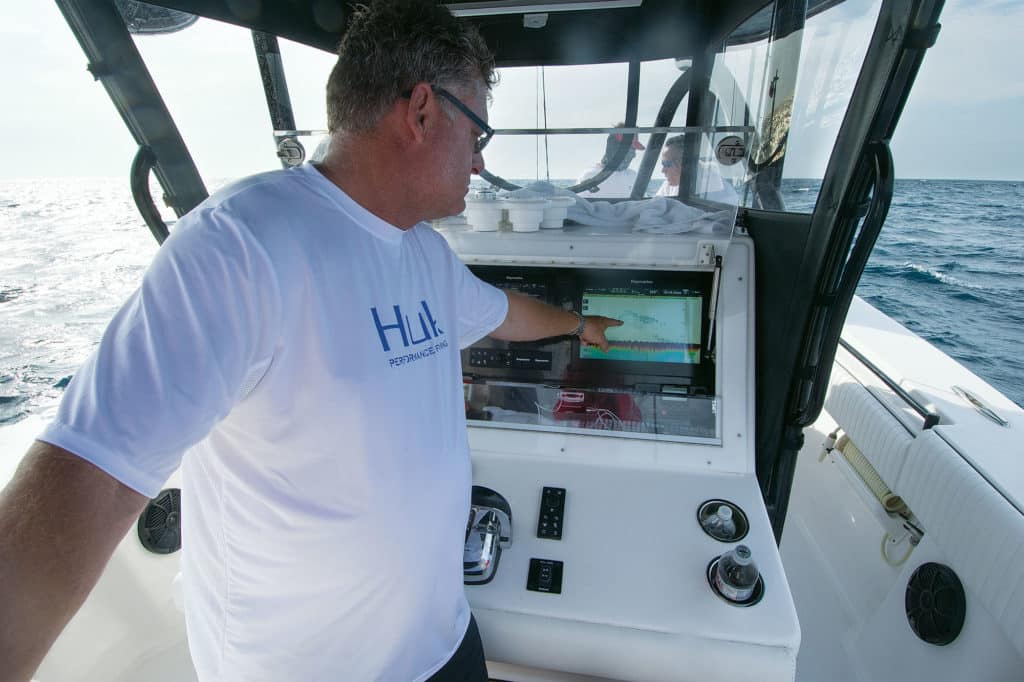
By now, we’ve all heard about CHIRP sonar. I’ve written plenty about CHIRP. In introducing it, I’ve spelled out the acronym as “Compressed High-Intensity Radar Pulse.”
A quick Google search indicates more than 375,000 references to this definition. After all, CHIRP is a handy abbreviation that also cleverly mimics the sonar sound the technology creates, right?
Not quite. Let me help clear the air and explain — by way of an expert — what chirp is and what it isn’t. (Notice the lowercase “chirp.”)
Some months ago, I was talking to Ken Rolt, chief scientist for Airmar Technology, makers of sophisticated transducers and sensors for the marine industry for more than 30 years. We were discussing chirp sonar when Rolt injected a wry comment, something to the effect of “You know that acronym for CHIRP is inaccurate?”
His words hung in the conversational pause. Did I know that? No. If that was correct, my base of knowledge was wrong. I encouraged him to continue. Here’s Rolt’s case in as lay a nutshell as I can offer. Let the record show that hereafter, CHIRP is chirp.
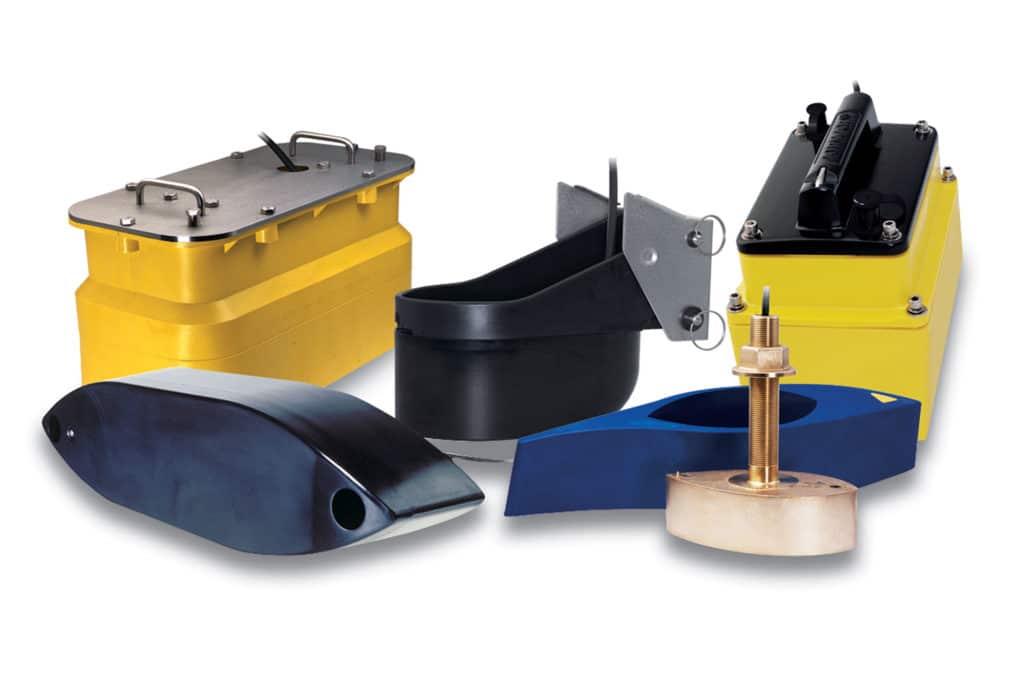
The Beginning of Chirp
The term “chirp” comes from two 1960 technical papers on radar generated by Bell Telephone Laboratories. Those papers shared declassified information on work performed by Bell just after World War II.
Here are excerpts from one of those papers, which Rolt shared:
A new radar technique has been developed that provides a solution for the conflicting requirements of simultaneous long-range and high-resolution performance in radar systems. This technique, called Chirp at Bell Telephone Laboratories, recognizes that resolution depends on the transmitted pulse bandwidth. …
The appellation ‘Chirp’ was first used by B.M. Oliver in an internal Bell Telephone Laboratories memorandum, ‘Not with a Bang, but a Chirp,’ in 1951.
One of the Bell papers describes the chirp pulse as a linear frequency-modulation wave; the wave’s frequency increases over time. The chirp pulse can be used in radar or sonar.
Rolt says this wave represents one type of sound used by birds. The memo title above compares a cruder, large-energy sound bang (an electrical impulse used by early radars) with the elegant song of a bird (chirp).
So how did chirp become CHIRP?
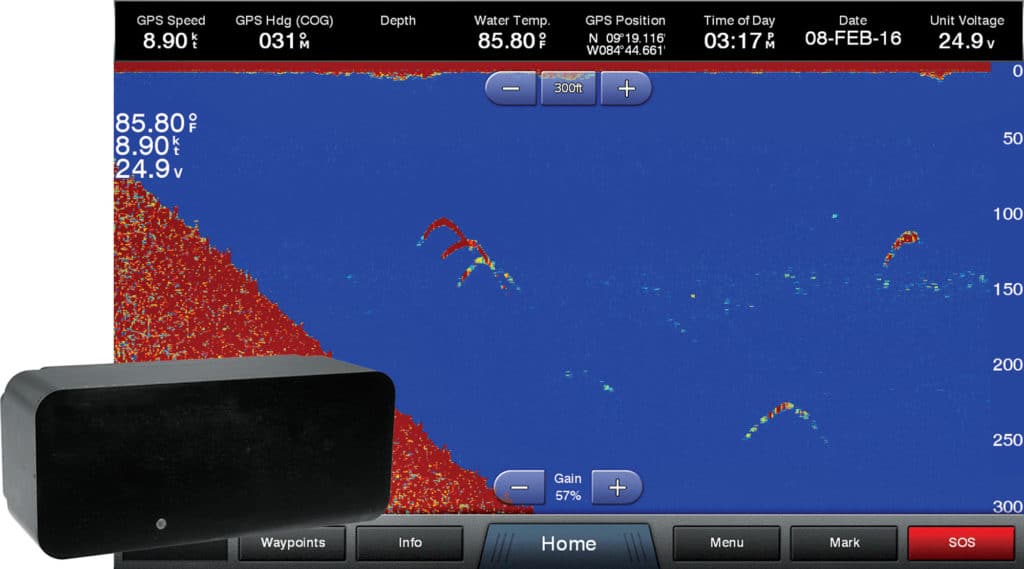
Creating the CHIRP Acronym
“No attempt I could find was made by any radar or math people from circa 1951 Bell staff to clumsily force ‘chirp’ into an acronym,” Rolt says. Here’s how CHIRP breaks down against the real information.
The “C” in CHIRP purportedly stands for “compressed.” However, the signal or wave is not compressed on its way out of the transducer, Rolt says. It is only compressed after it is processed in the transducer’s receiver and microprocessor. That step is accurately called pulse compression.
The “HI,” for “high-intensity,” is a misnomer because the chirp wave does not have to be high-intensity to work. “Low-intensity waveforms work quite well with chirp, especially in power‑limited applications,” Rolt says.
Finally, “RP,” or “radar pulse,” describes only one kind of chirp, used by radar. Chirp pulses were used in nature as sonar, by bats and dolphins, long before radar developed.
Once humans began to understand chirp and hardware became available to support the signal processing, they applied chirp first to radar (in the 1960s) and then shortly after to sonar, for the same reasons: improved range resolution, improved gain against noise, and better performance when power-limited.
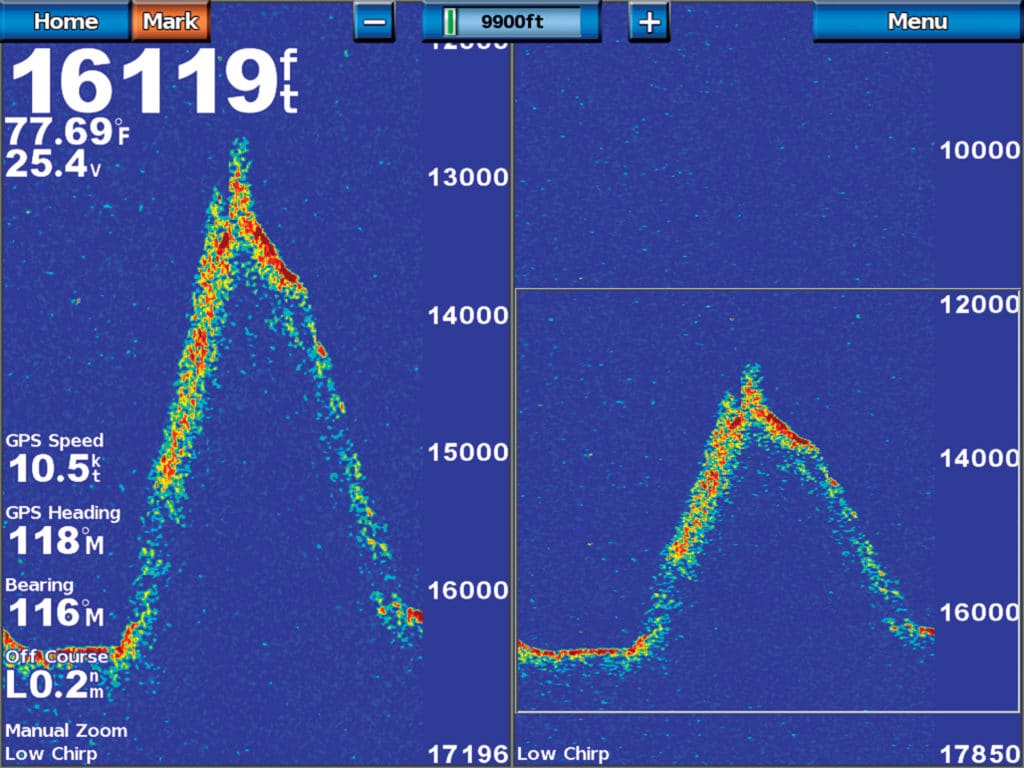
Chirp for Fishing
Once we cleared the air, I asked Rolt to help me understand the differences between lower-priced chirp and the more expensive variety. After all, chirp can now be found in sonar units that cost as little as $270 or in more sophisticated modules that run as much as $2,000.
Lower-priced chirp sonar products employ a transducer with less bandwidth capability; more expensive chirp uses a broadband transducer with a much greater bandwidth. “You can use an expensive chirp sounder with an expensive broadband transducer, and you will obtain all of the benefits of great depth measurement: thin, bright fish arches and useful operation against flow noise, even at high boat speed,” Rolt says. “You can also use an expensive chirp sounder with a low-cost narrow-band transducer, and you’ll obtain fewer of those benefits. The analogy is an expensive audio TV system that uses very low-cost speakers.”
Rolt also explained that chirp technology is useful in all water depths. Because the receiver compresses the energy into a very short duration of time (pulse compression), chirp delivers a precise location for a fish echo.
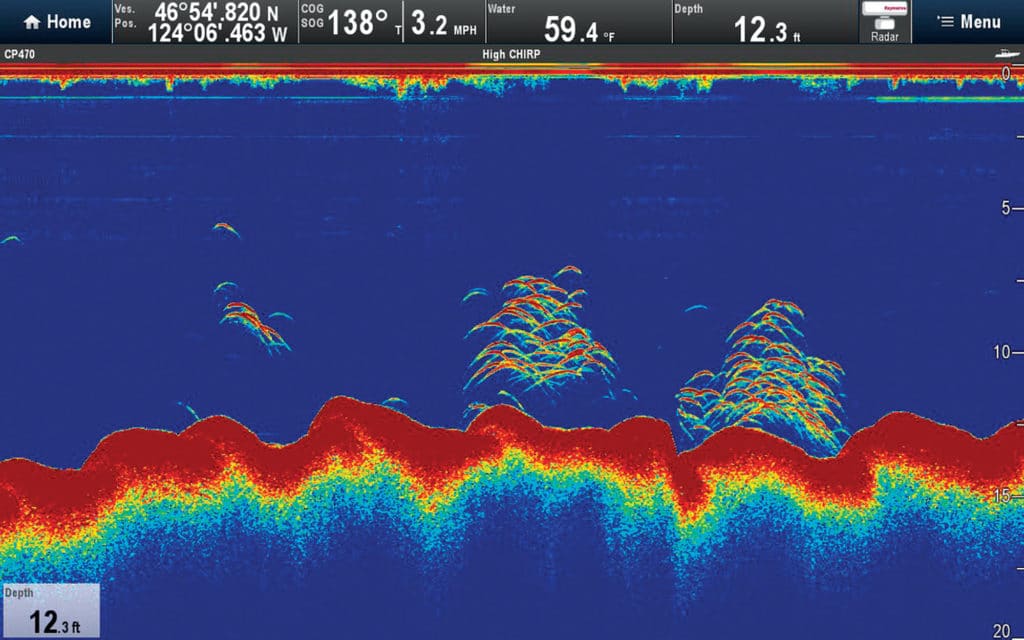
He showed me the math to compare the accuracy of a 50 kHz transducer with a 40 kHz to 60 kHz broadband transducer. The former, assuming a few standard parameters, might deliver a fish return from 125 feet of water with about a 1-foot error range. The latter would show a return with an accuracy rate of about 1.5 inches. That’s precision.
In addition, the digital signal processing used with chirp can pull and detect signals from noise much more readily than with a more traditional narrow-band transmission. Chirp performs better at speed and over deeper depths while the boat is moving.
“Under all circumstances of sea conditions and noise (flow, ambient, etc.), the chirp outperforms narrow-band,” Rolt says. “Very small fish such as bait can be observed, especially in a sounder that has multiband chirp, because the baitfish echo better at some frequencies than others. Broadband transducers that have a wide field of view allow thin, high-gain arch detection, something very important if you’re moving.”
The bottom line: Chirp offers superior fish-finding performance. Your style of fishing should determine the chirp products you use. If you’re competing for tournament dollars, consider the best broadband system you can afford. If you fish a dozen weekends a year, you might look into narrower-band chirp options.
Either way, I’m sold, and I pledge to stop writing “CHIRP.”


